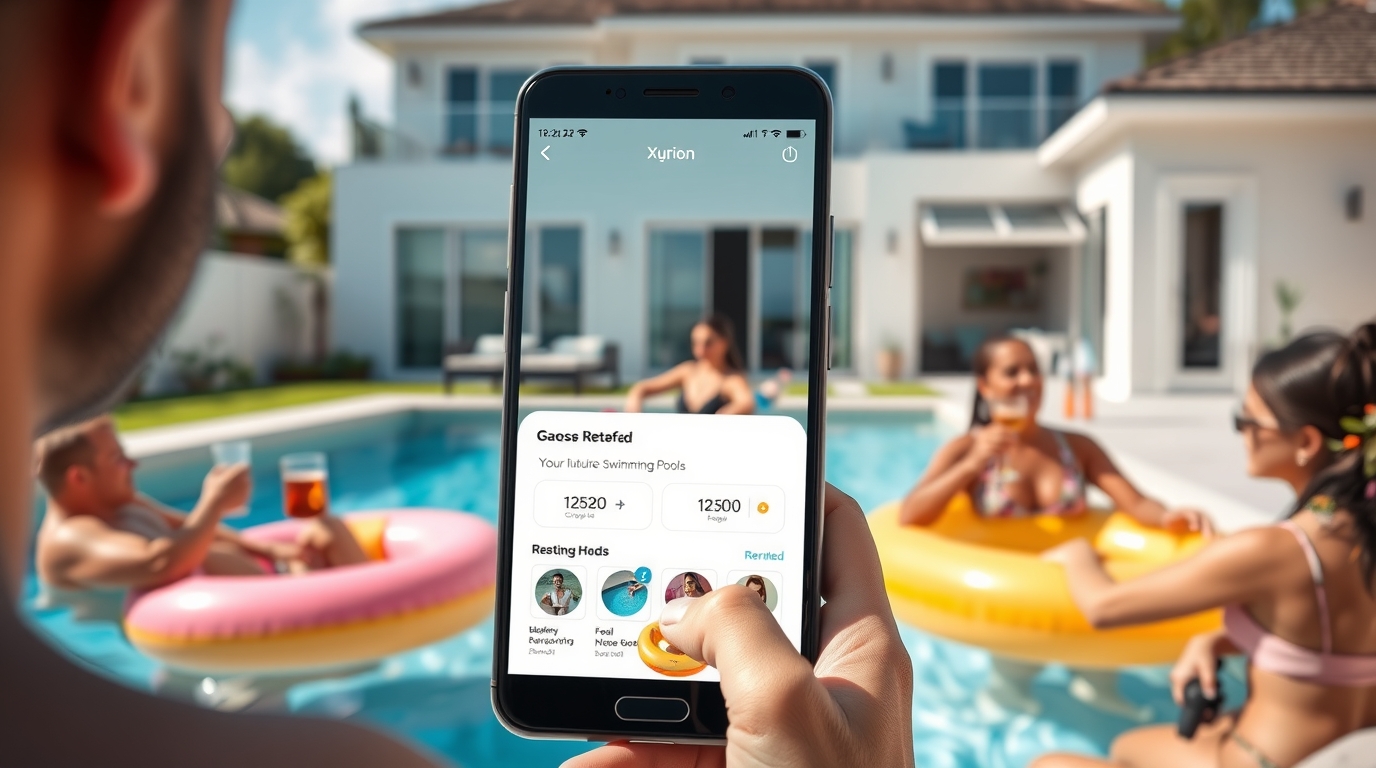Public swimming pools are more than just summer attractions—they are lifesaving infrastructure, community centers, and essential tools for public health and equity. Yet across many cities and towns, these facilities face growing neglect, underfunding, and accessibility challenges.
In this article, we explore the benefits, challenges, and best practices of public pools—and why they deserve urgent attention.
💧 The Importance of Public Swimming Pools
1. Heat Relief and Climate Resilience
With global temperatures rising, public pools serve as critical cooling centers—especially in densely populated urban areas. During heatwaves, they help prevent heatstroke, dehydration, and cardiovascular stress, particularly in vulnerable populations like children and the elderly.
2. Physical and Mental Wellness
Swimming is a low-impact, full-body workout that improves cardiovascular health, strength, and flexibility. Beyond the physical, pools offer a mental escape—reducing stress, anxiety, and symptoms of depression. Access to public pools means more people can benefit from this form of holistic wellness.
3. Safety Through Swimming Education
Drowning remains a leading cause of accidental death in children worldwide. Public pools offer affordable or free swim lessons, teaching vital safety skills to families who may not otherwise have access to private training. A well-funded public pool system can dramatically reduce drowning rates.
4. Building Community and Social Bonds
Public pools are gathering spaces where people of diverse backgrounds interact, bond, and build mutual trust. In many areas, they serve as inclusive third places—safe, shared environments outside of home and work.
⚠️ The Challenges Facing Public Pools
Despite their value, public swimming pools are in crisis across many regions:
1. Underfunding and Neglect
Many municipalities have deprioritized pool infrastructure. In the U.S., for example, large cities average only one public pool per 47,000 residents. Many of these pools are decades old and in need of critical repairs or upgrades.
2. Unequal Access
Communities of color and low-income neighborhoods often face “pool deserts”—entire regions without a single public pool. This inequality limits opportunities for recreation, safety training, and exercise.
3. Health and Safety Concerns
Improper maintenance, poor sanitation, and lack of trained staff can turn pools into breeding grounds for infections. A CDC study found that up to 80% of inspected public pools had health or safety violations, ranging from imbalanced pH levels to broken filtration systems.
✅ Best Practices for Safe and Equitable Public Pools
For communities looking to improve or restore their public pool systems, here are essential guidelines:
🧪 1. Regular Water Testing & Maintenance
- Daily checks for pH balance, chlorine levels, and clarity
- Filtration systems inspected and cleaned routinely
- Prompt repairs for leaks, pumps, tiles, and safety equipment
🦺 2. Hire Certified Lifeguards and Pool Operators
- Staff should be certified in CPR, first aid, and aquatic rescue
- Continued professional training enhances safety and emergency response
🚿 3. Promote Hygiene and Clean Use
- Clear signage to encourage showering before swimming
- Strict policies for sick swimmers and diapered children
- Accessible hygiene facilities for all ages and abilities
🏗️ 4. Ensure Accessibility and Equity
- Install ADA-compliant ramps, handrails, and non-slip flooring
- Offer subsidized memberships or free access for low-income families
- Translate safety rules into multiple local languages
🌍 5. Community-Informed Programming
- Offer swim lessons, water aerobics, family events, and school partnerships
- Extend hours during extreme heat days
- Actively engage with local communities on how the pool can serve them better
🌎 Global Examples: What’s Working
- Australia: With over 2,000 public pools and hundreds of millions of annual visits, Australian cities use public pools as part of climate adaptation strategies—although access disparities remain.
- United States: Cities that maintain public pool investments see higher community engagement, lower emergency calls during heatwaves, and improved child swim literacy.
- Hong Kong: Operates 44 government-managed public pools with discounted passes—though staffing shortages during summer have raised safety debates.
📢 Final Thoughts: A Call to Action
Public pools are not luxuries—they are lifelines. They promote wellness, prevent injury, and strengthen the social fabric.
Yet without adequate funding and modern policy frameworks, these benefits risk disappearing—especially in marginalized communities.
Here’s what you can do:
- Community leaders: Prioritize pool renovation in city budgets and promote equitable access.
- Citizens: Support funding initiatives, use pools responsibly, and spread awareness of their value.
- Public health professionals: Integrate pool access into broader health and heat emergency planning.
🔍 Frequently Asked Questions (FAQs)
Q: Are public pools safe?
A: When well-maintained and supervised, public pools are very safe. Always look for visible lifeguards, clear water, and proper signage.
Q: How can I find a public pool near me?
A: Use local government websites, parks and recreation directories, or search “public pool near me” on Google Maps for the most accurate options.
Q: Can adults take swimming lessons at public pools?
A: Yes. Most public pools offer lessons for all ages, including beginners and advanced swimmers.






